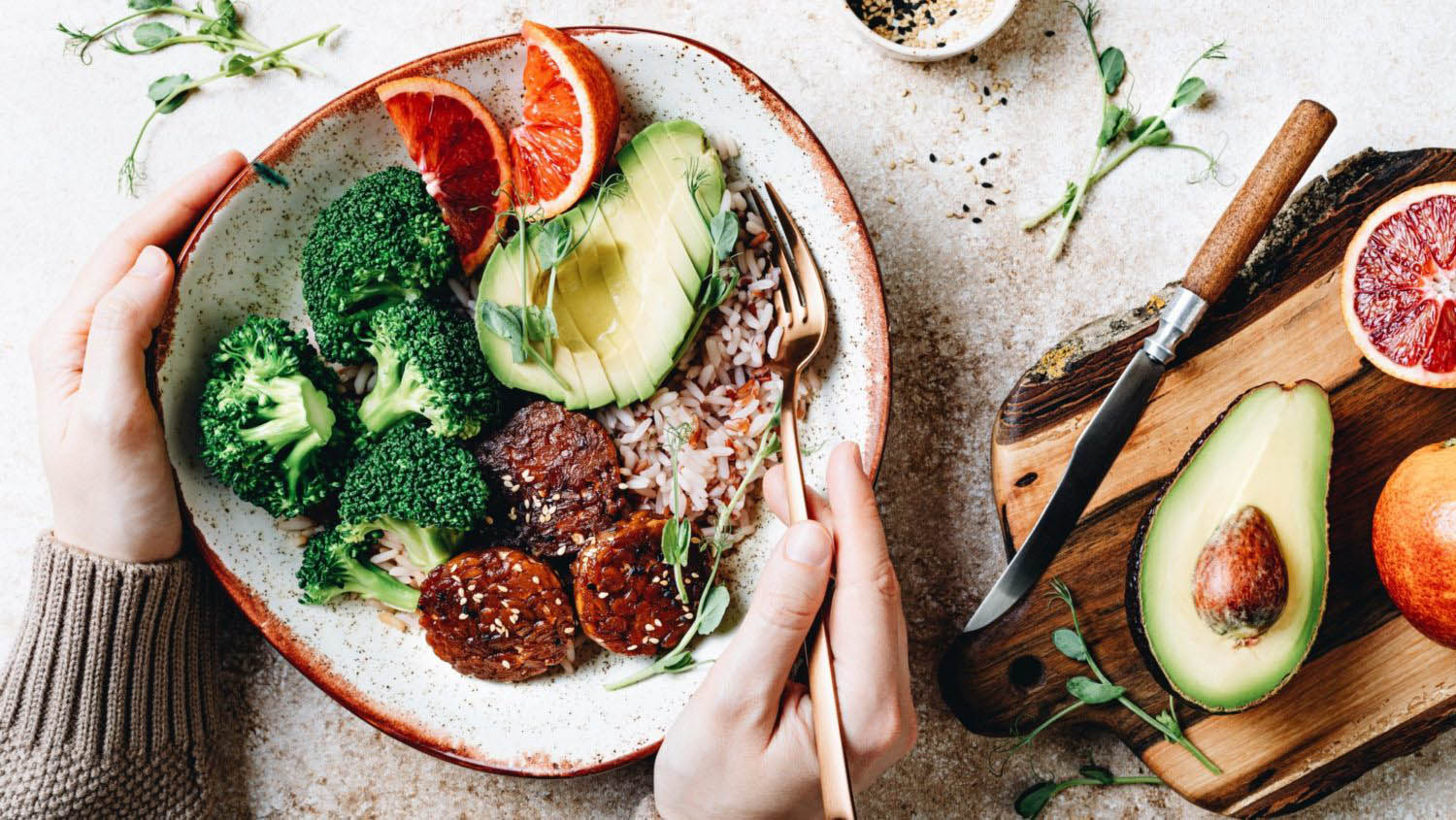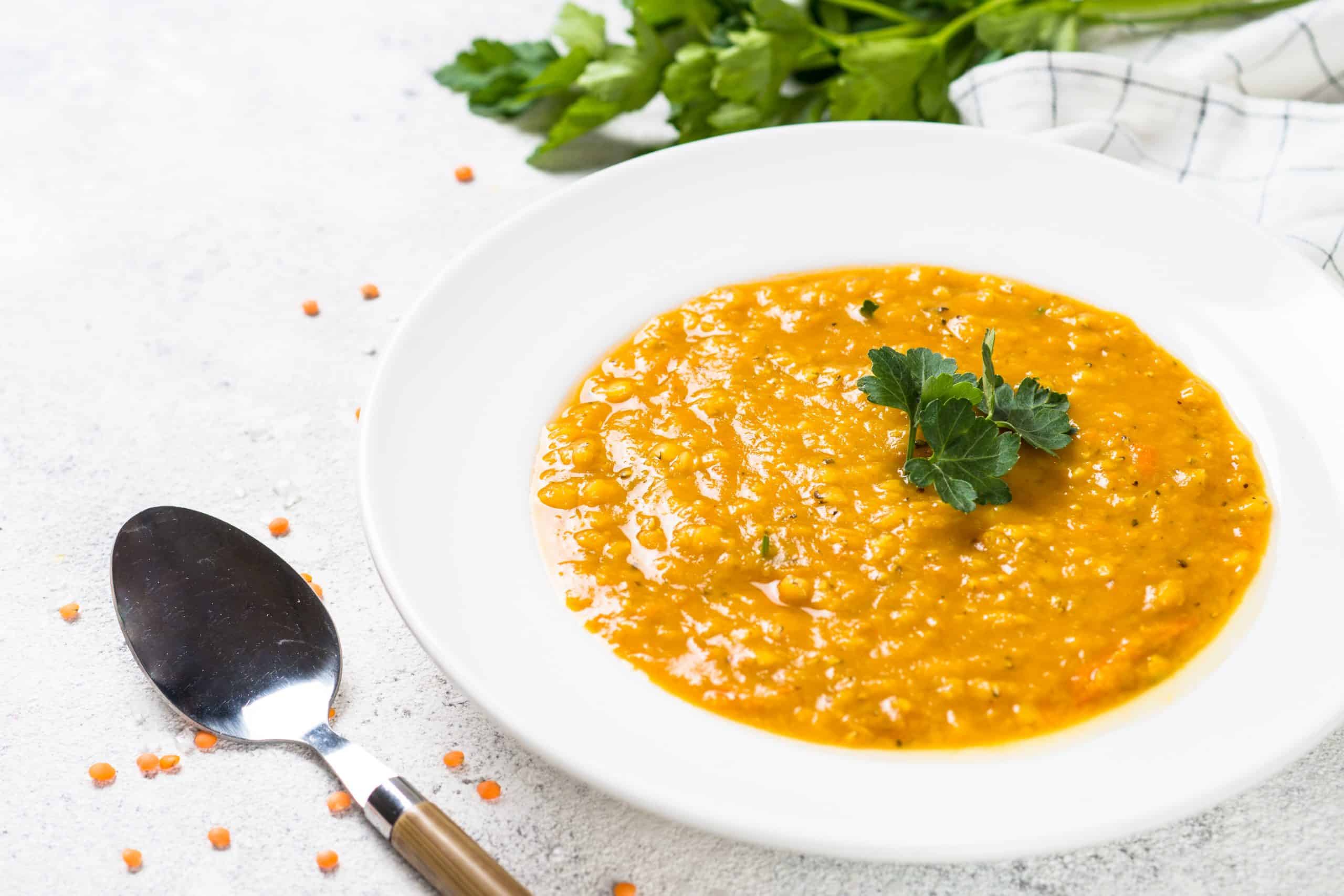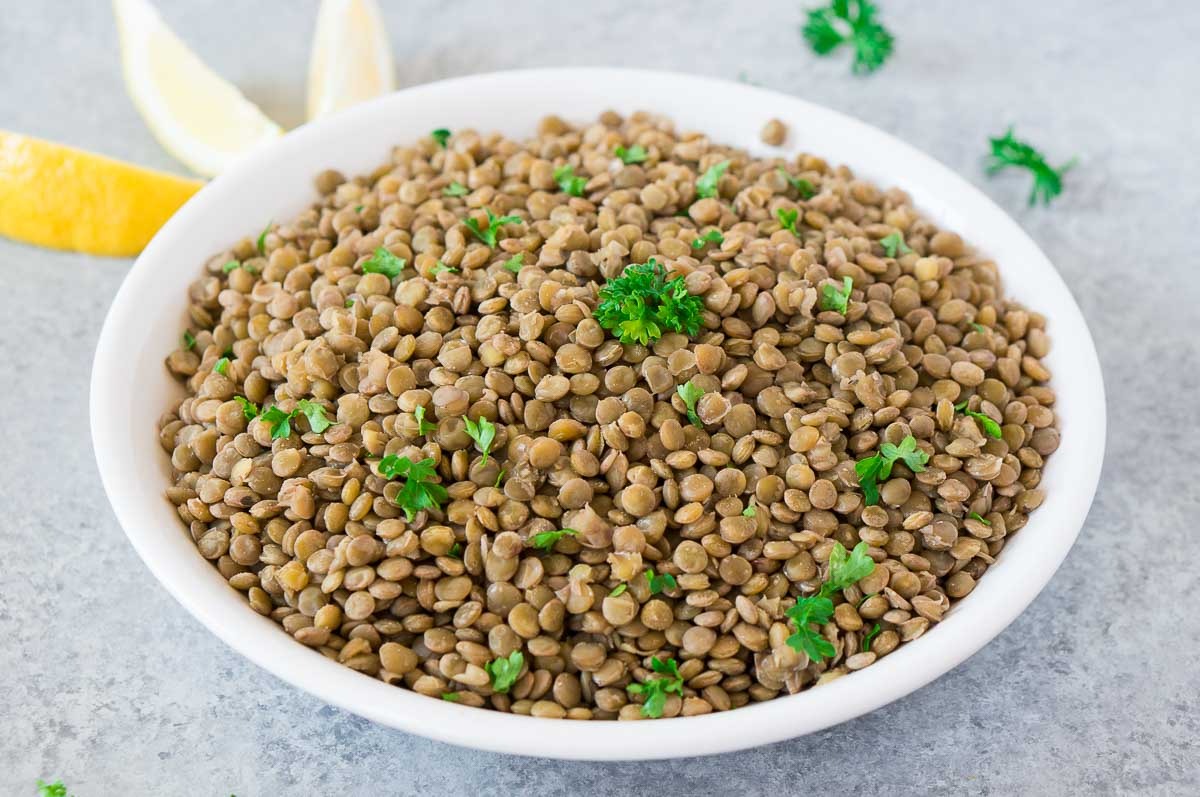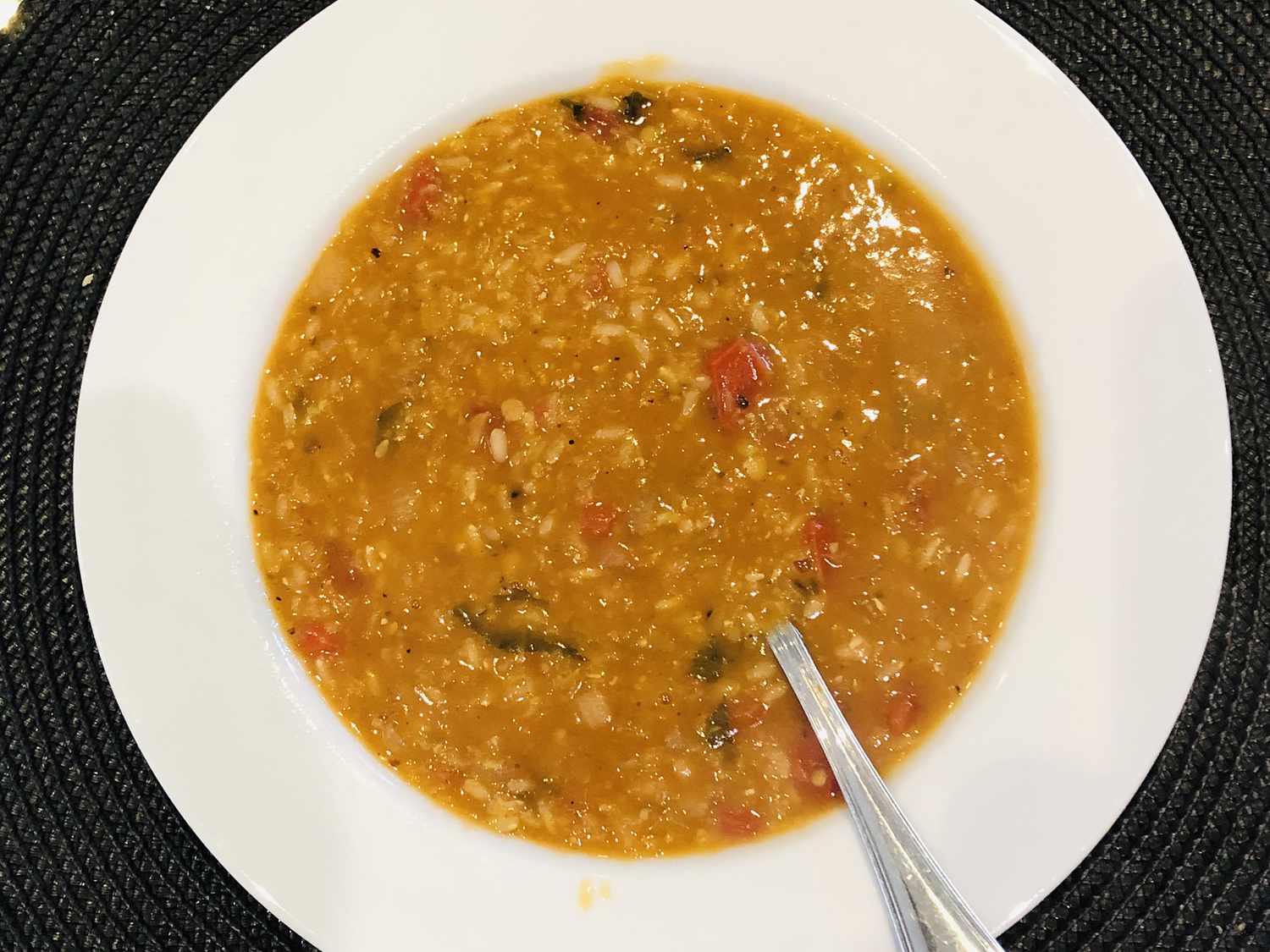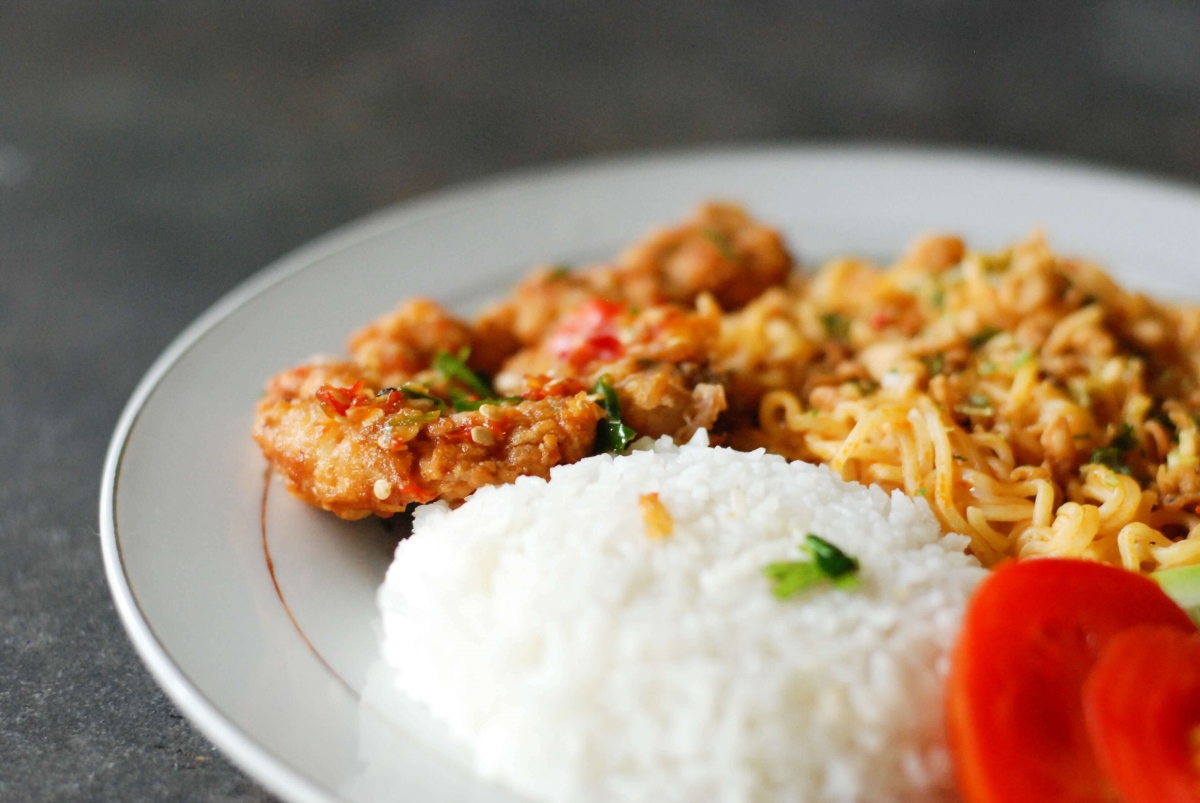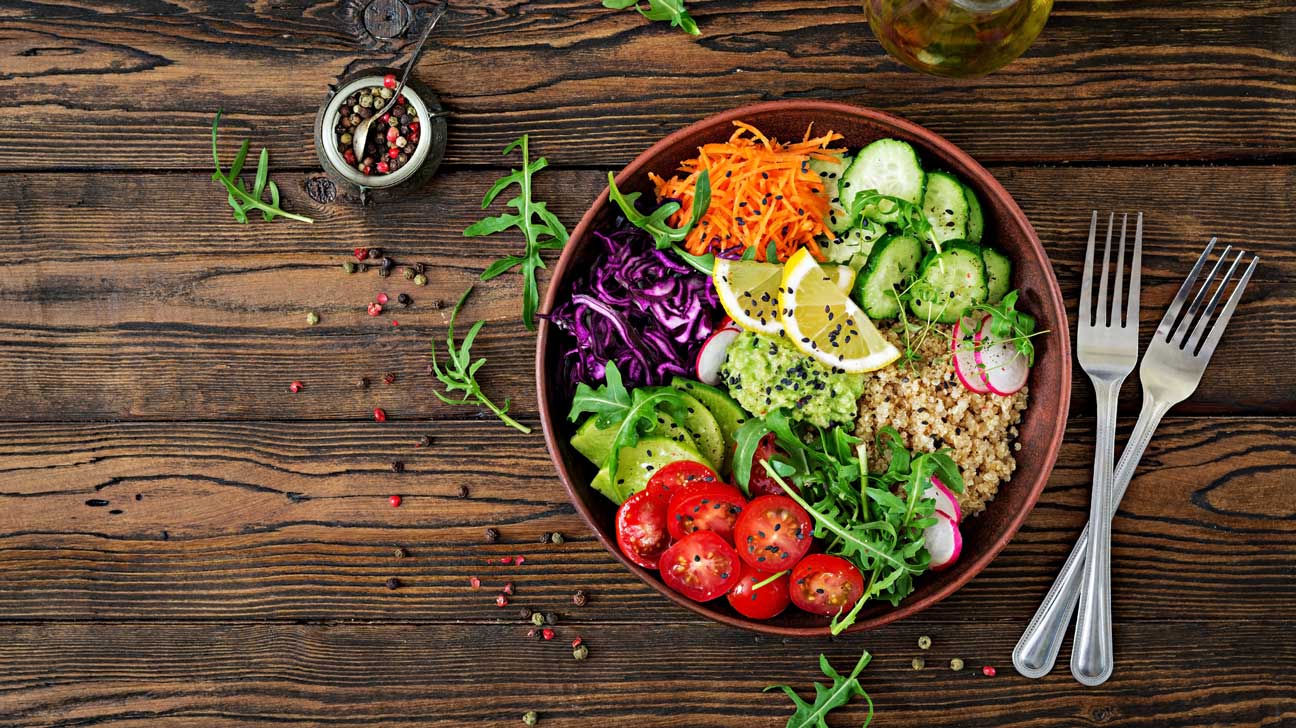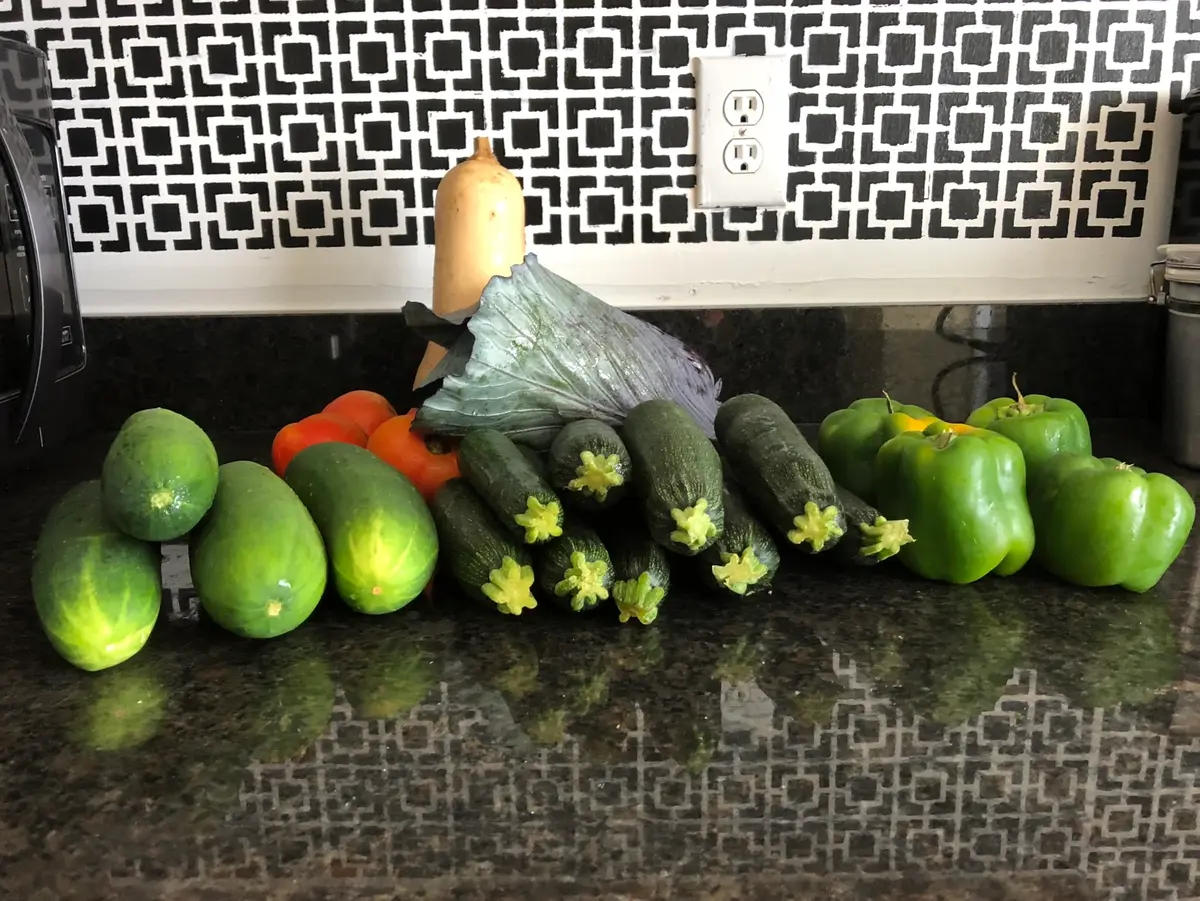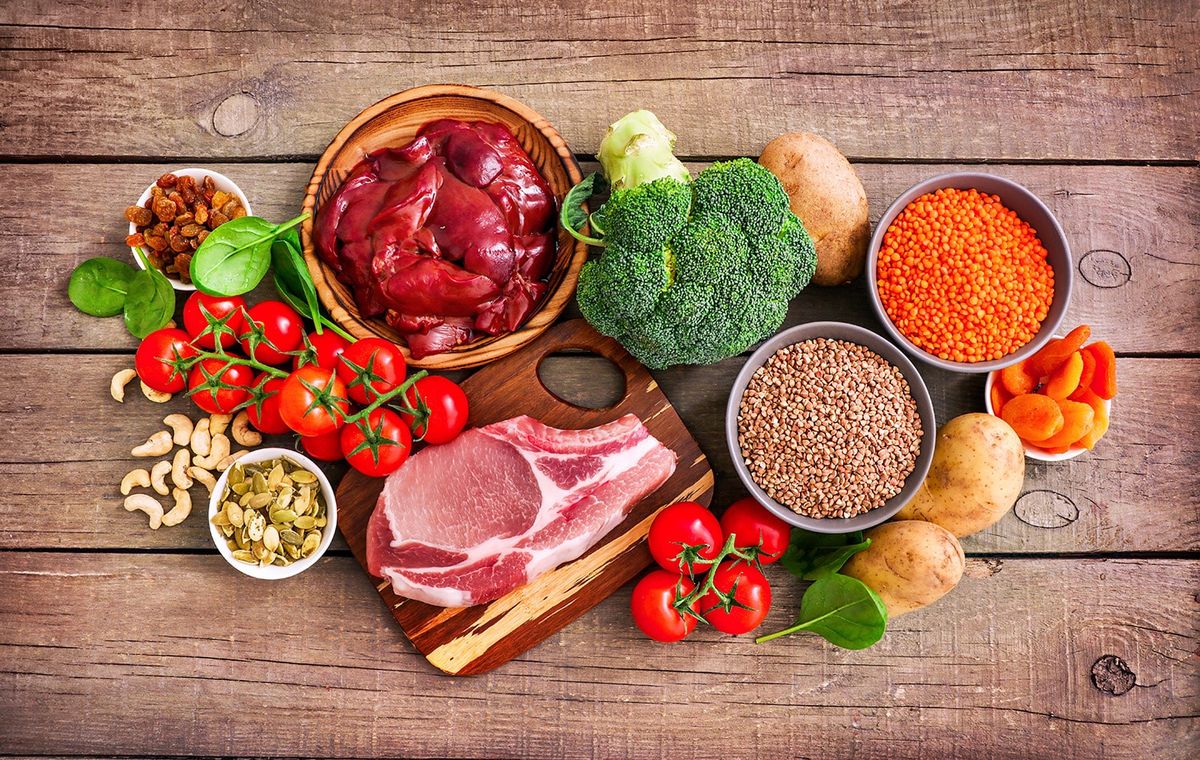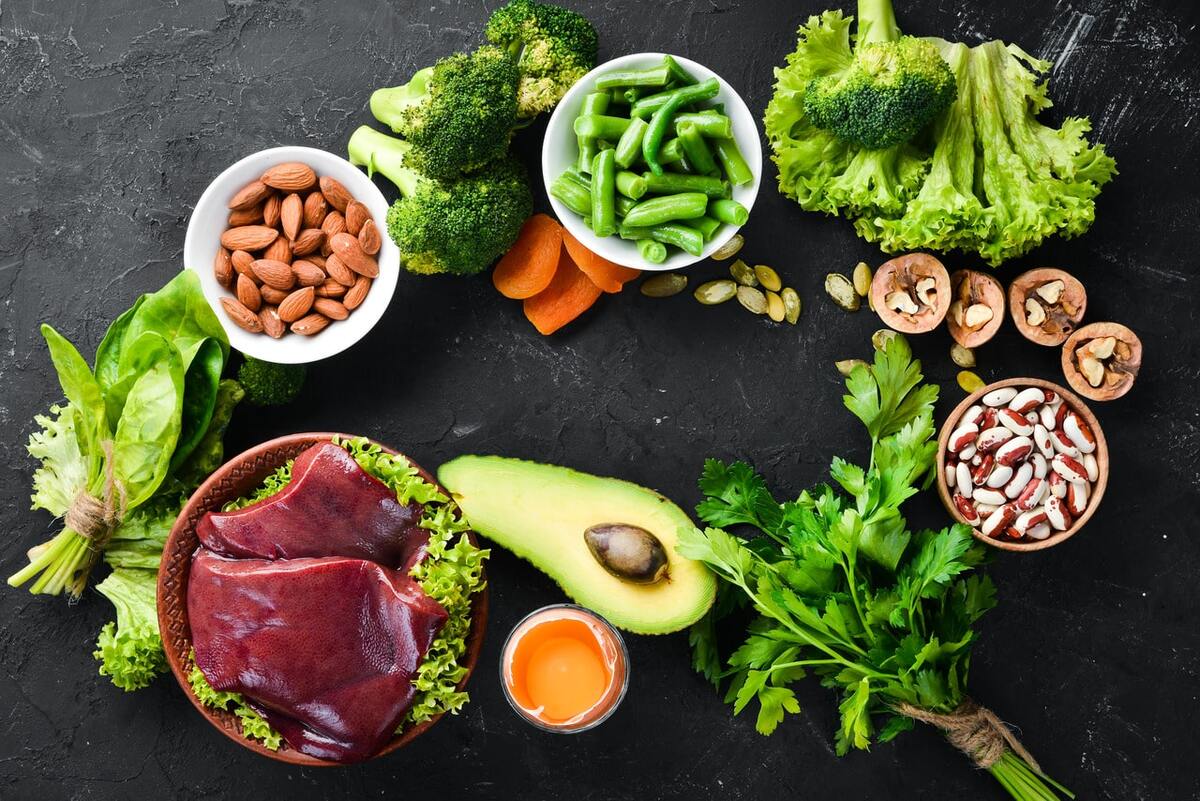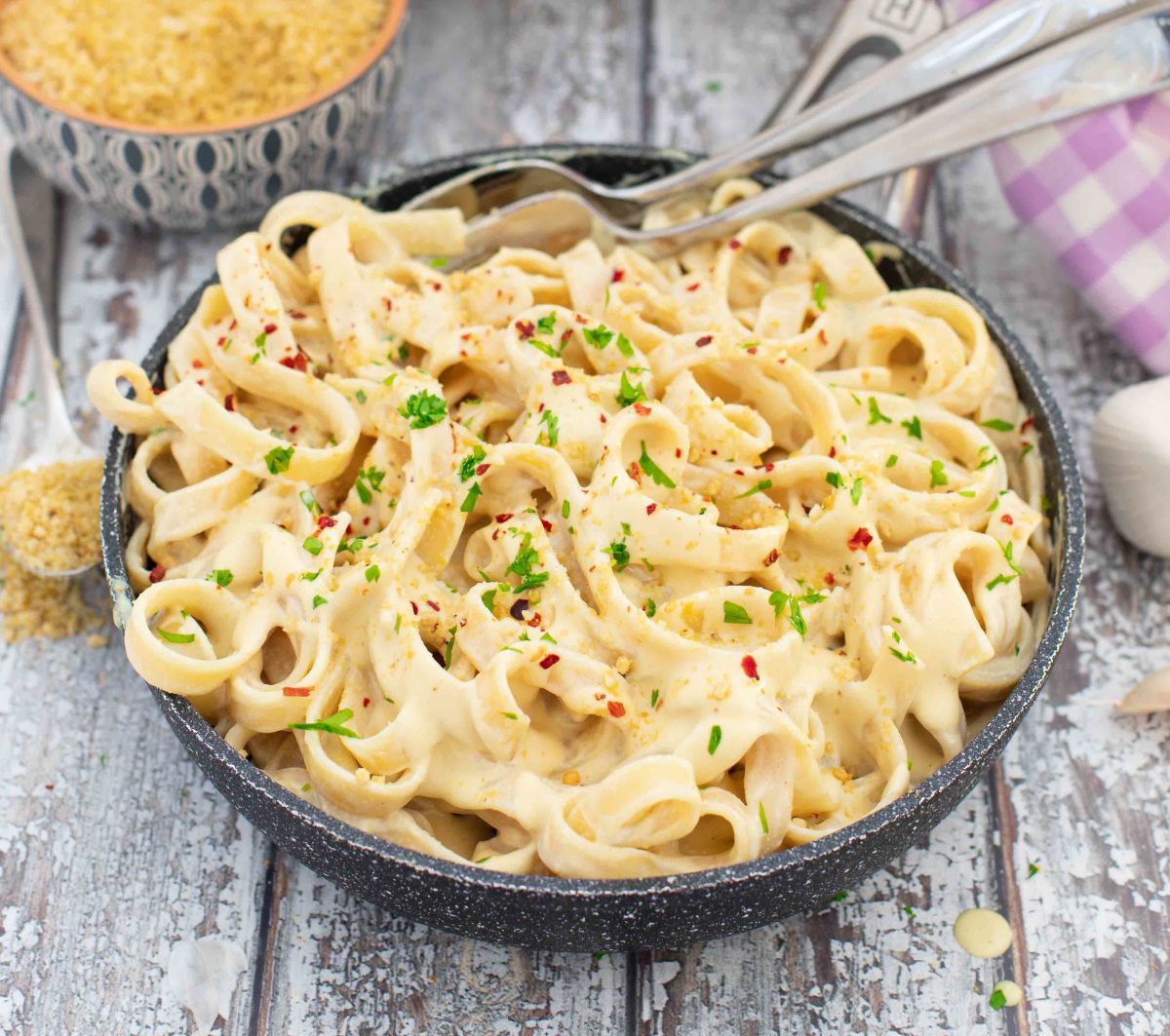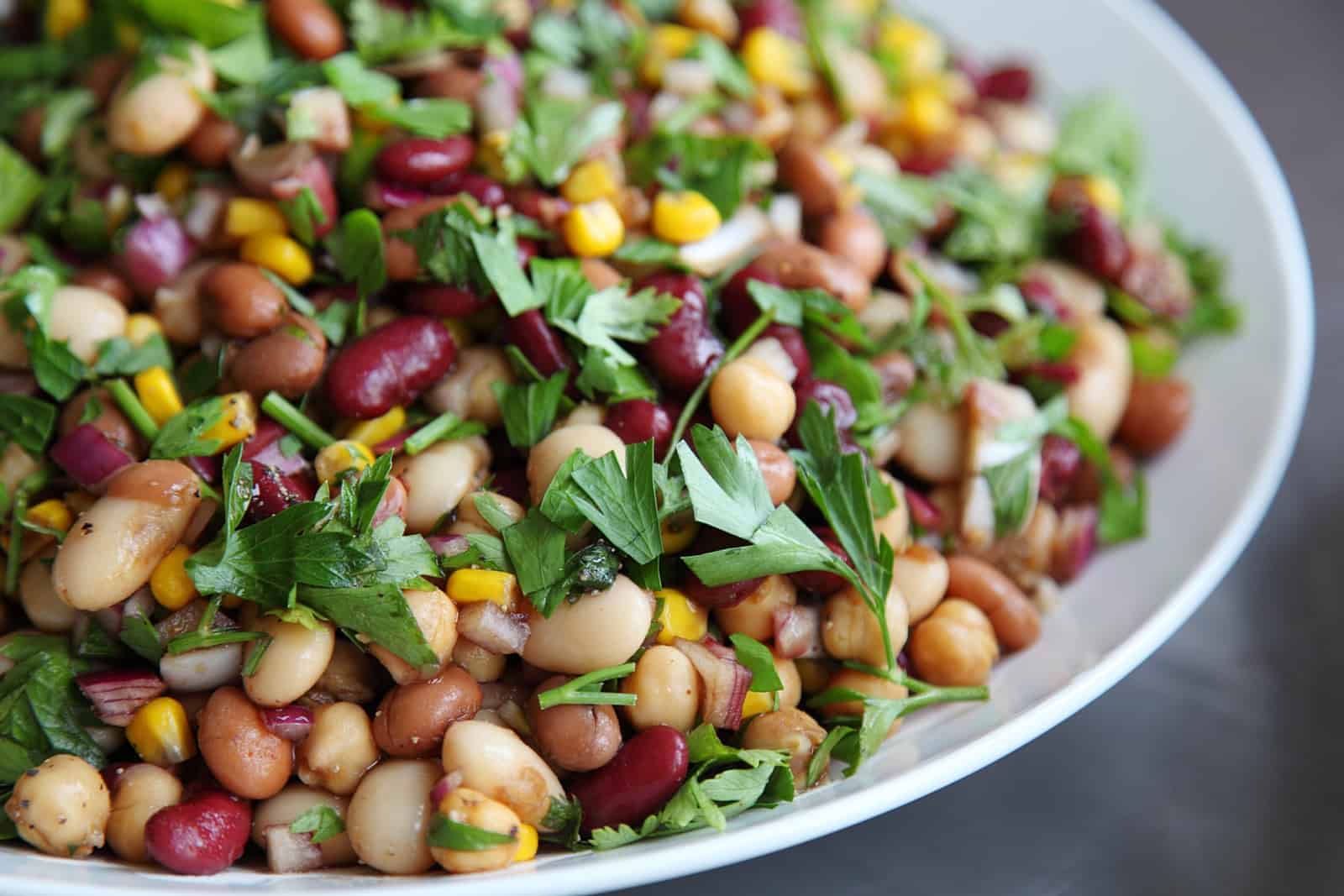How to Enjoy Dry Lentils in Your Diet
When it comes to incorporating healthy and nutritious foods into your diet, dry lentils are a fantastic option. Not only are they packed with essential nutrients, but they are also incredibly versatile and can be used in a variety of dishes. If you’re wondering how to make the most of dry lentils in your meals, here are some creative and delicious ways to enjoy them.
1. Lentil Soup
Lentil soup is a classic dish that is not only hearty and satisfying but also incredibly easy to make. To prepare a delicious lentil soup, start by rinsing the dry lentils and then simmering them with vegetables, broth, and your choice of seasonings. You can customize the soup with ingredients like carrots, onions, and celery to create a flavorful and nutritious meal.
2. Lentil Salad
Lentils can also be used to create a refreshing and nutritious salad. Simply cook the dry lentils until they are tender, then toss them with a variety of fresh vegetables, herbs, and a zesty vinaigrette. You can also add some feta cheese or grilled chicken for an extra protein boost.
3. Lentil Curry
If you’re a fan of Indian cuisine, lentils are a staple ingredient in many traditional dishes, including curry. By cooking dry lentils with aromatic spices, coconut milk, and tomatoes, you can create a rich and flavorful lentil curry that pairs perfectly with rice or naan bread.
4. Lentil Stew
For a comforting and filling meal, consider making a lentil stew. Combine dry lentils with root vegetables, herbs, and broth, then let the stew simmer until the lentils are tender and the flavors have melded together. This is a perfect dish for a cozy night in.
5. Lentil Dip
Lentils can also be transformed into a delicious and healthy dip. Simply puree cooked lentils with garlic, lemon juice, and olive oil to create a creamy and flavorful dip that pairs perfectly with fresh vegetables or pita chips.
With these creative and tasty ideas, you can easily incorporate dry lentils into your diet and enjoy their numerous health benefits. Whether you prefer them in soups, salads, curries, stews, or dips, there are endless possibilities for making the most of this nutritious legume.
So, the next time you’re looking for a nutritious and versatile ingredient to add to your meals, consider reaching for a bag of dry lentils and get creative in the kitchen!
